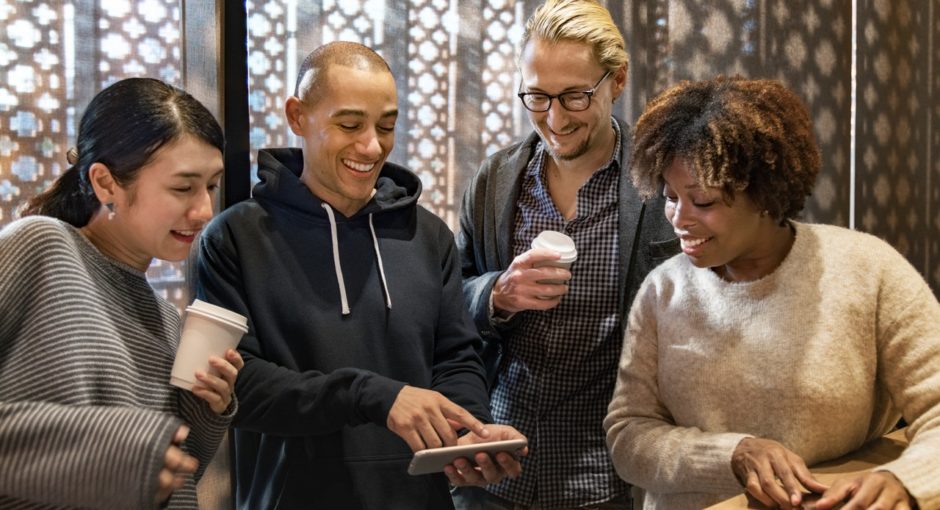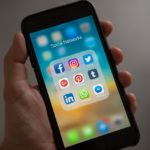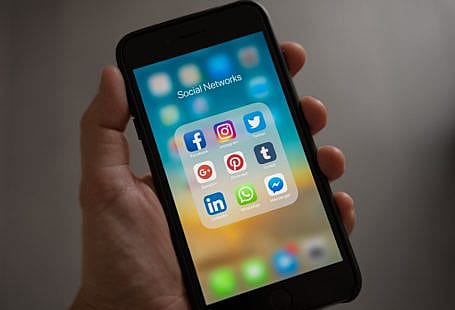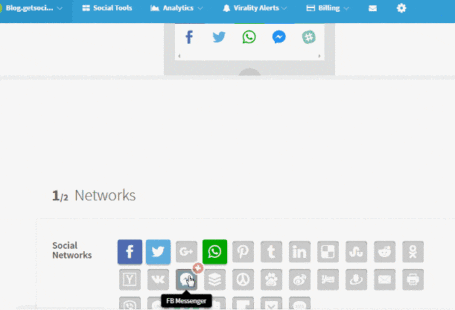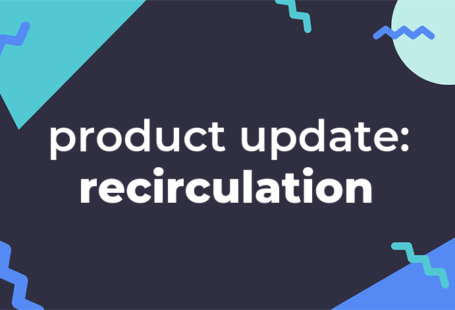It takes two to tango, they say, but even that has changed.
In 2015, Adidas created the Tango Squad: an exclusive network of 1,400 young football content creators managed on dark social in key cities around the world.
This completely shatters the current concept of influencer marketing, wildly abused as half-naked girls taking selfies on Instagram.
These are hyper-connected brand advocates who are sharing a brand with the right voice, tone, and medium to target audiences.
In order to further understand the power of micro-influencers, we did a quick influencer marketing case study with one of our clients.
The results? Well, let’s just say the world needs more “Tango” teams.
Adidas’ tactic to leverage micro influencer marketing
Adidas started by creating a legion of 16-19 year-old football content creators. Then, it forked them into smaller squads, ranging anywhere from 100 to 250 people. Once the group is settled, the magic begins.
Each squad is a micro-community of influential individuals. A company employee will curate and share exclusive content and products to each squad, even before these get to the public domain.
What happens next, we’ve been covering for a while now.
Adidas relies on the power of private social sharing. Messaging apps like WhatsApp, Messenger or Instagram DMs are perfect ecosystems for small groups.
By getting access to exclusive content, squad members earn a sense of authority and noteworthiness. And this makes wonders for them in a digital world.
They’re prompted to share this with other groups, so they can pass along that feeling of significance. Understanding the feeling behind it, they want their close friends to also enjoy it.
Remember, all this happens before the conversation goes public on Facebook/Twitter.
Why you should care about private social sharing
Our research on dark social indicates that, on average, up to 78% of shares happen on private channels. That’s more than one-third of all shares!
But this data is often disregarded because it’s not easily traceable.
In fact, a lot of marketers assume their audience only shares content through share buttons. When, in reality, only 29% of shares happen through share buttons. The remaining 71% are made through Copying & Pasting a link onto a private channel.
The age where people shared everything and anything to their Facebook feeds is over. The future is private and consumers have known it way before businesses caught up to this.
Generally speaking, we are all more comfortable sharing what we see online in private conversations with our friends and family.
This is digital word of mouth. To a lot of consumers, getting an authentic recommendation from a friend is more powerful than any ad. And this is true in a lot of industries, products or services.
That’s why you visit an eCommerce story and you see “People like you bought this”. That’s why you open a newspaper and read “If you liked this read that”. Or that’s why any app-based business will try to grow through member-get-member initiatives.
Referrals work. Recommendations work. Private messaging works. Authenticity works.
The whole tango squad is not about getting the highest reach at the lowest cost (think Facebook). It’s getting awareness to a message through brand advocates willing to take that step with you.
And the best thing is: it is as measurable as any other campaign you do on public social media.
How to measure the impact of influencer marketing?
GetSocial’s Influencer feature intends to not only help our customers identify their biggest micro-influencers, but also measure their true impact.
After all, one of the biggest struggles businesses have with influencer marketing is tracking ROI. And rightfully so.
What if your average website visitor has incredible influential power and you’re not even aware of it? Maybe they’re part of a large Discord group chat where hundreds of people will click every link they share. Or maybe they’re apart of a WhatsApp group that loves to discuss your type of content.
As you’ll see in our research bellow, our Influencers feature allows you to see, for a specific user, how many shares and referrals (traffic coming from shares) they generated. Even if it happened on dark social channels.
You can read more about how this feature works here!
We’ve been hoping to find an impressive influencer marketing case study with this feature. And guess what? We finally did.
Influencer Marketing Case Study at GetSocial: The FMCG use-case
The belief that groups of micro-influential people may generate a lot of awareness and engagement is clear at our company.
But we also know that there’s still work before that near-stardom level. Adidas developed its audience through existing micro-influencers, super fans with a few hundred followers.
But, for many, a few hundred followers are still a few too many.
What if there is value below micro? What can we find at an individual level? How can we find new influencers within our audience?
This was the challenge promoted by one of our customers, on the FMCG (Fast-Moving Consumer Goods) space. We’ll redact any client info as requested by them, but here’s the quick scope.
The customer is an FMCG group with hundreds of different products. One of their teams is responsible for a few dairy products. Their digital strategy includes a recipe website where they promote recipes using their products. Classic plug, you know.
The opportunity came when we understood that the client was using an identity management software, meaning that a lot of users were logged in. This was gold for us.
With a quick (and confidential, non-identifiable) integration, we were able to attach sharing behavior to user IDs. The client then uses our API to get the data to their data lakes and merge with identifiable user info.
Here’s what we found:
Even in a classic recipe website, we were able to find micro-influencers in the existing audience.
These are folks (like User 1) which, in one week, visited the website 65 times and shared 4. Through those shares, they were able to generate 197 referrals (influenced visits) to the website.
One user generated more than 190 other visits, in just 4 dark social shares. More importantly, they brought loyal users, which we measure by recirculation %.
Recirculation measures the percentage of website visitors who visited a page and then visited another page, within the same session.
Here’s the client’s average, per social network, over the same period:
You can quickly see that Dark Social’s recirculation is, at least, twice as higher than Facebook’s or Twitter’s. This means that people coming from that channel browse more throughout their sessions.
And we if revisit User 1, we notice its recirculation is roughly 50%. User 4’s is 47%. This is very powerful. These are audience members that (1) are able to generate traffic and (2) generate the best traffic possible: loyal readers/consumers.
Engaging with the new influencers
With this data, our client is able to identify and group new influencers by product type or content category. Their plan is to create small brand advocacy groups and start doing promotions with them.
They can now refer to tested influencer marketing approaches and techniques (like contests, giveaways or reviews) with a very targeted strategy. No need to invest hundreds of dollars for a single Instagram post. No need to pay thousands for reach on public social media.
They can now enable their voice, their message, through the sheer power of their micro influencers, their own tango squads.
After all, even in marketing, impossible is nothing.
Let us know if you found the results of our influencer marketing case study interesting!
If you’re already leveraging your brand’s biggest influencers, how are you tracking the results of your tactics?
More reads on influencer marketing:
Interested in knowing more about Dark Social & Analytics?
[su_button url="https://getsocial.io" target="_blank" style="flat" background="#21D2B5" color="#ffffff" size="7" wide="no" center="yes" radius="auto" icon="" icon_color="#FFFFFF" text_shadow="none" desc="" onclick="" rel="" title="" id="" class=""]SIGN UP FOR FREE[/su_button]
